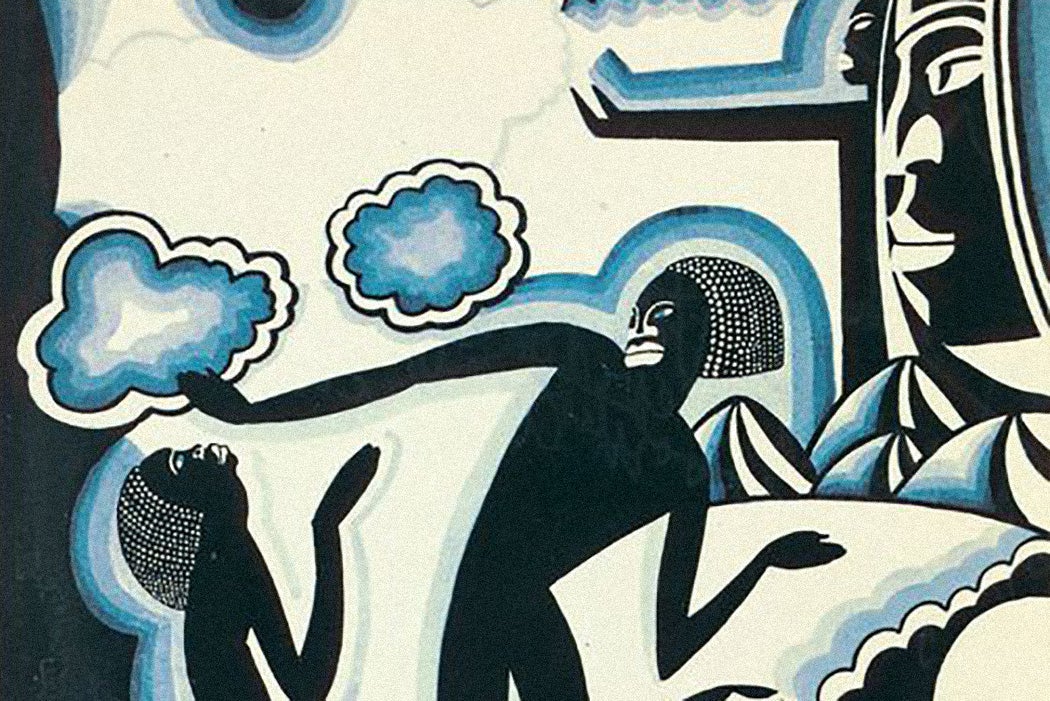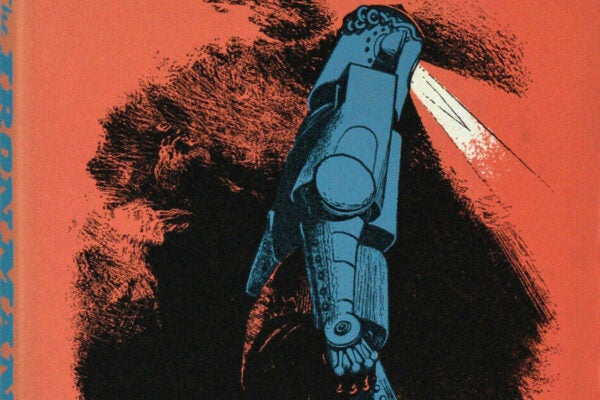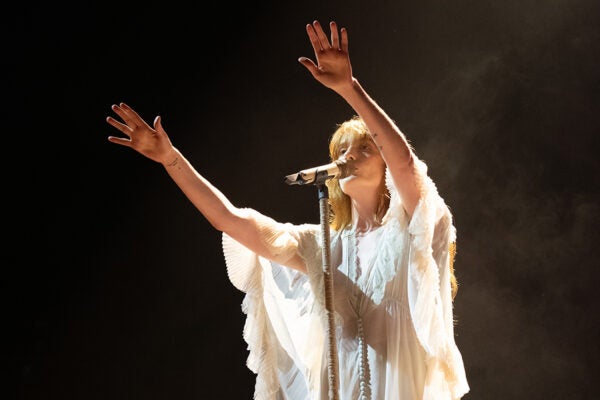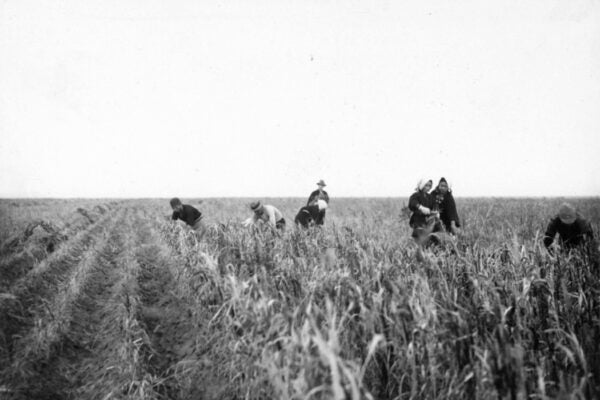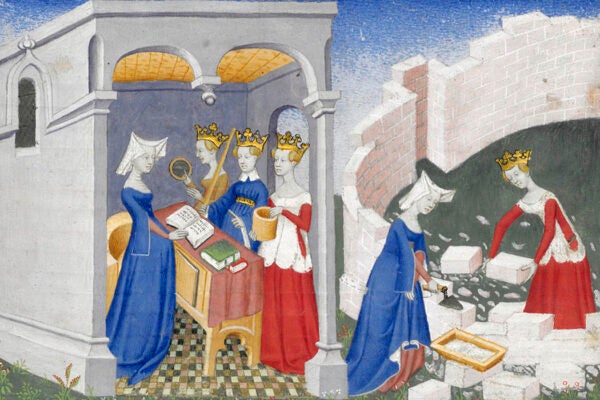If 1925 was “the greatest year for books ever,” as has been claimed, readers will be able to see for themselves in 2021, when a number of those works enter the public domain. Among them is a collection of works by Black authors who, today, represent the creative movement of the 1920s known as the Harlem Renaissance. The New Negro: An Interpretation, edited by Alain Locke, features writers that formed “the fundaments of the black canon today,” writes Henry Louis Gates Jr.

Of course, Black writers were creating artistic and literary works long before the Harlem Renaissance came to be. As Gates points out, there was a “full decade of unprecedented literary productions by black women,” which culminated in “a dozen novels and […] their own literary journal between 1890 and 1900.” This precedent was, in some ways, a response to the racism that the artists experienced. It was a way to create a new vision of themselves, one free of everything except the ability to tell their stories in their authentic voices. It was, as Gates explains, “an image unfettered by the racist burdens of the past […] disenfranchisement, peonage, black codes, and legalized Jim Crow—not to mention the vicious assault on negro freedom and political rights enacted in literature, in theater and on the vaudeville stage, and throughout the popular visual arts.”
This precedent gave way to what was then called the New Negro Movement of the 1920s. Locke saw that Black arts coupled with politics represented a new era. As Roger M. Valade III writes, Locke argued that Black art and culture were a “means of moving towards social, political, and economic equality.” Nowhere was that more evident than in the arts scene in Harlem, the center of New York’s Black life. It was, as Gates writes, “the ‘Mecca of the New Negro’ (as Alain Locke put it).”
Locke saw this wave of creativity as cause for celebration and assembled these new writers into a 446-page anthology. The New Negro included works by Langston Hughes, Zora Neale Hurston, Anne Spencer, and Countee Cullen, among others. In the book’s foreword, Locke explains that the volume is a “fresh spiritual and cultural focusing.” But this new outlook, Gates explains, was also a political one. Locke believed the awakening “would facilitate the Negro’s demand for civil rights and for social and economic equality.”
Weekly Newsletter
The Harlem Renaissance period didn’t last long. Financially, outside forces like the stock market crash of 1929 saw many of its patrons unable to continue to support the work, and politically, the artists weren’t “able to usher in the new world of civil rights through art.” What the movement did do, however, was create a pathway for new generations of Black artists, in all genres, who both celebrated and critiqued the movement in their works.
It’s fitting that Locke dedicated his volume to “the younger generation,” as the work in the anthology would, years after its publication, continue to inspire new generations of artists.
